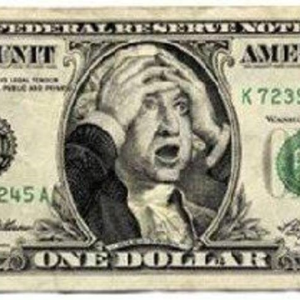What were the causes of the crisis of 2008? New research by Oxford Mathematicians Doyne Farmer, Christoph Aymanns, Vincent W.C. Tan and colleague Fabio Caccioli from University College London shows that managing risk using the procedure recommended by Basel II (the worldwide recommendations on banking regulation), which is called Value at Risk, may have played a central role.
The team made a very simple model for the banking system that captured the key elements of risk management under Value at Risk. Providing the banks only take modest risks, the financial system remains stable. But if they take higher risks, or if the banking sector gets larger, the market begins to spontaneously oscillate, in a way that resembles the period leading up to and including the Global Financial Crisis. For about 10 - 15 years prices and leverage slowly rise while volatility slowly falls, then prices and leverage suddenly crash and volatility spikes, as they did in the crisis.
The key problem is that Value at Risk manages risk as if each bank existed in its own universe. But if all banks follow it, the buying and selling necessary to maintain individual risk targets can destabilise the market.
The team then investigated alternative methods of managing risk and demonstrated that it is possible to do much better. The best policy depends on the size of the banking sector in relation to the rest of the market and how much risk the banks take. While the model does not show that the financial crisis and the period leading up to it were due to the use of Value at Risk, it does suggest that they could have been caused by it, and that the housing bubble may have just been the spark that triggered the crisis.


